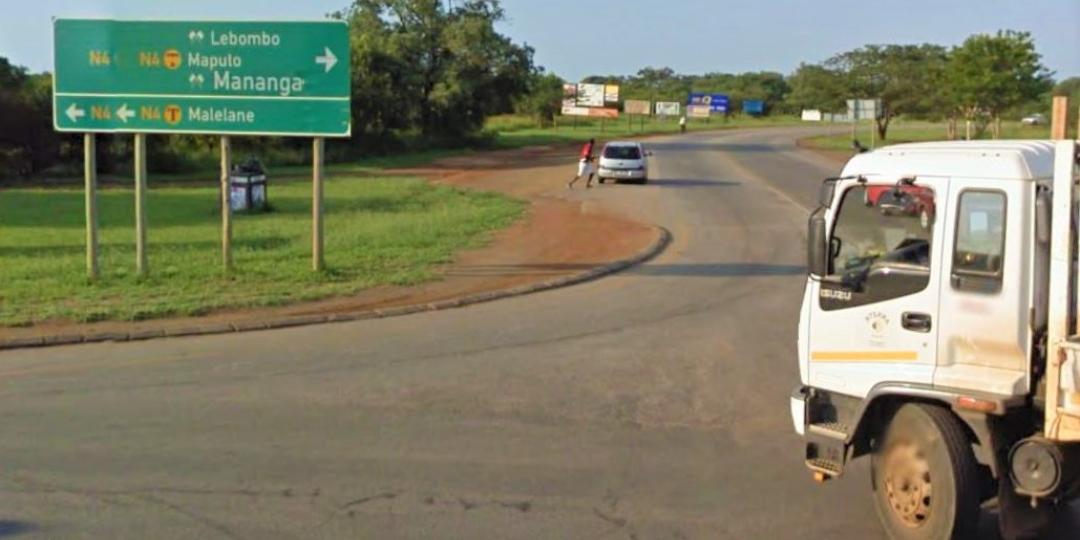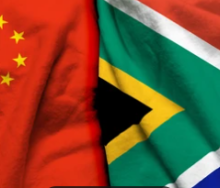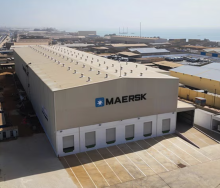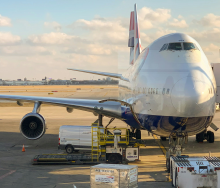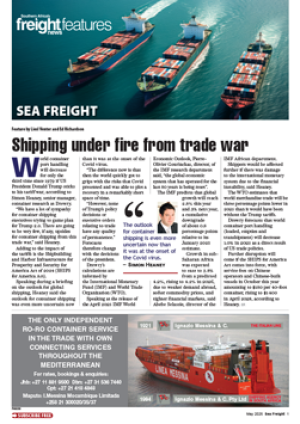Bottlenecking related to a pattern of cargo peaks and troughs at South Africa’s Lebombo border crossing into Mozambique continues to be a problem despite available data showing how a more structured approach to freight management could enhance fluidity.
In the latest lament from a regular transporter using the Maputo Corridor, Transit Assistance Bureau (Transist) was told: “Lebombo is problematic once again.
“We have trucks that loaded on 6 October and joined the queue in the dry port to cross that same day.”
Now, two days later, and the transporter’s trucks are still in the queue, waiting to cross to Mozambique.
“This is a disaster. Please can you make comms with Lebombo and let’s apply some pressure and get things moving.”
Transist has since indicated that the trend of volume heading towards the border between Tuesday and Friday has been a problem at the border for years.
Also, it’s not necessarily because of malaichas or informal freight carried on the back of bakkies (pick-ups) and the like.
According to Transist, smaller trucks build up at one of the nearby petrol stations before the border and jump the queue in an attempt to get through as quickly as possible.
From Saturday to Monday the bottlenecking is somewhat reversed, easing the burden of bigger trucks held back by nippier traffic bombarding the border from Tuesday to Friday.
Transist said this situation was well known among transporters, with data released by the dry port clearly revealing that there was a weekly peak-and-trough pattern to cargo but to no avail.
Transist maintains that small trucks shouldn’t be allowed through after dark, only bigger trucks, and that customs should eschew the current chaotic free-for-all first-come first-served approach to processing cargo for a more structured approach.
A green lane that was in place for perishables during stricter levels of the Covid-19 lockdown period - but which has since fallen away – has also been flagged as proof that the border could be better administered.
It’s not the first time that logistics concerns using the corridor to the Port of Maputo are asking why Lebombo isn’t better managed when there seem to be obvious solutions to repetitive congestion.
